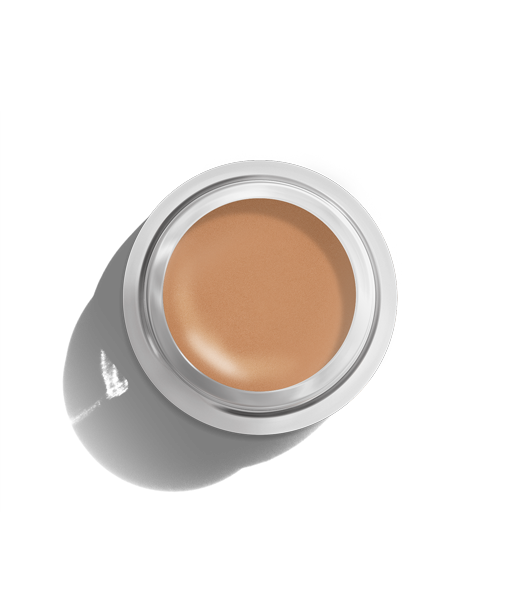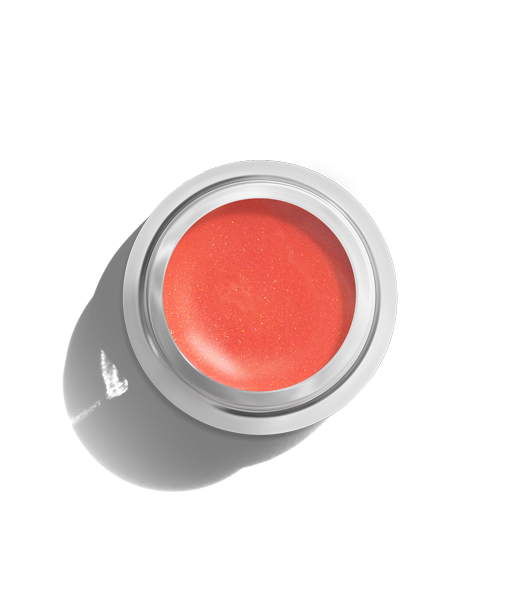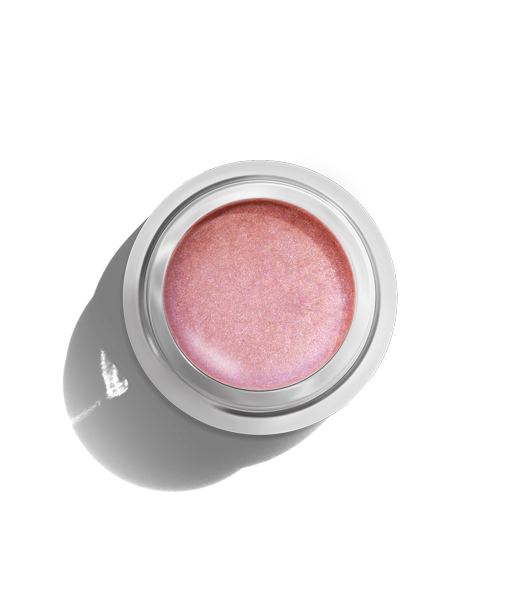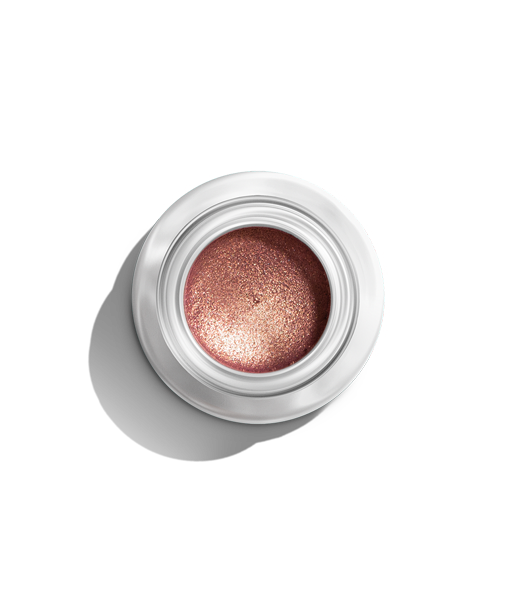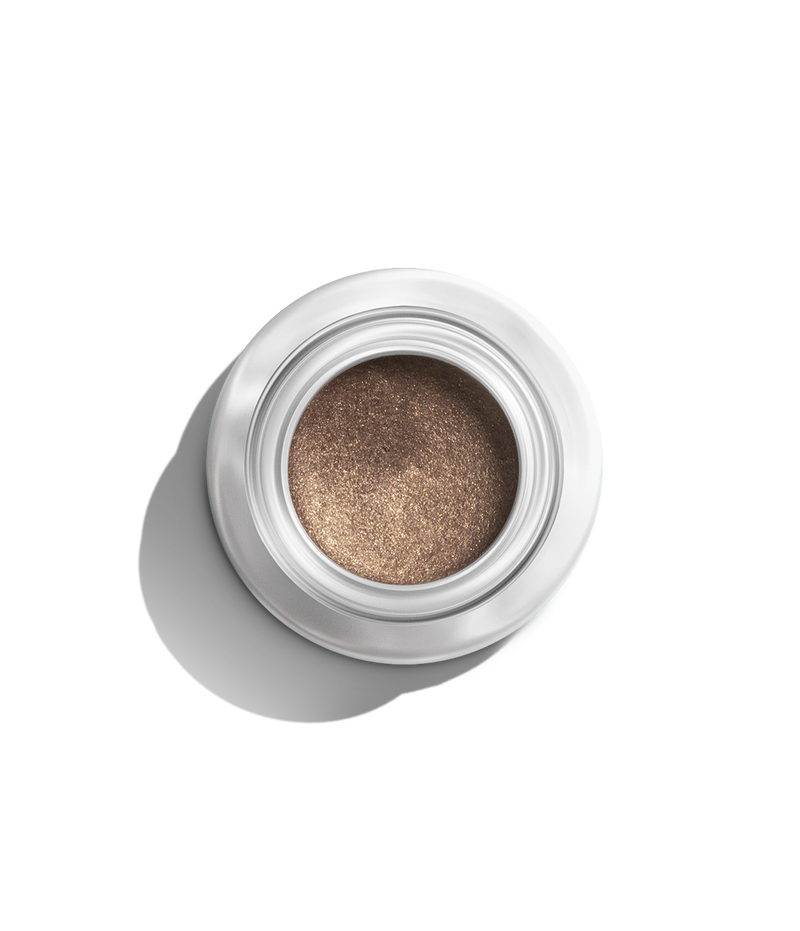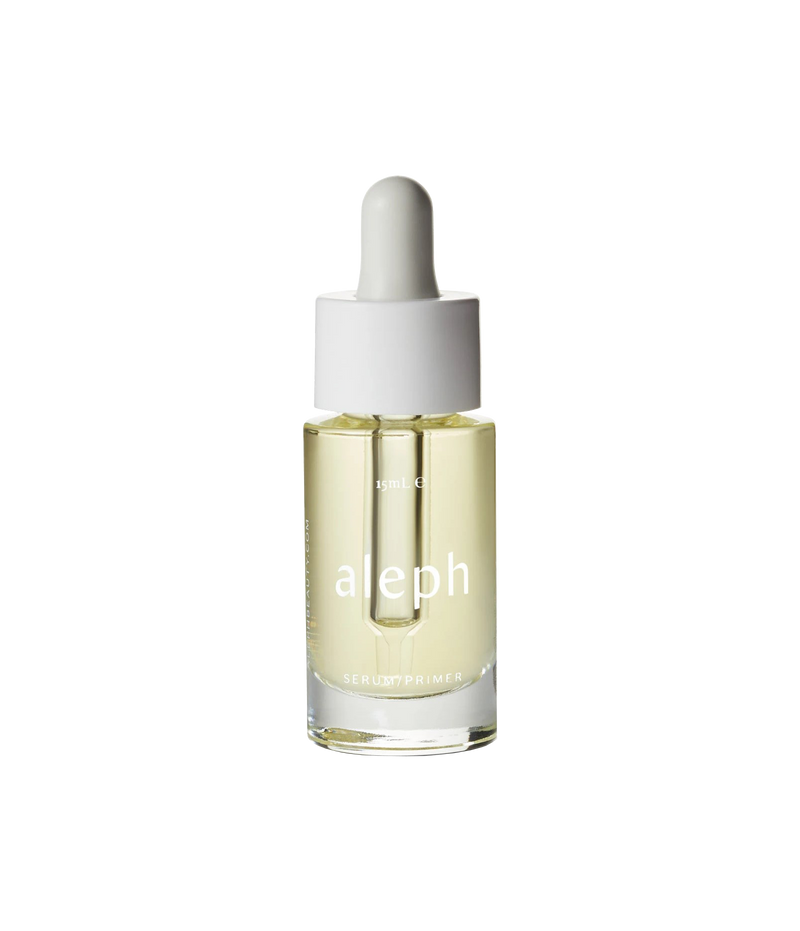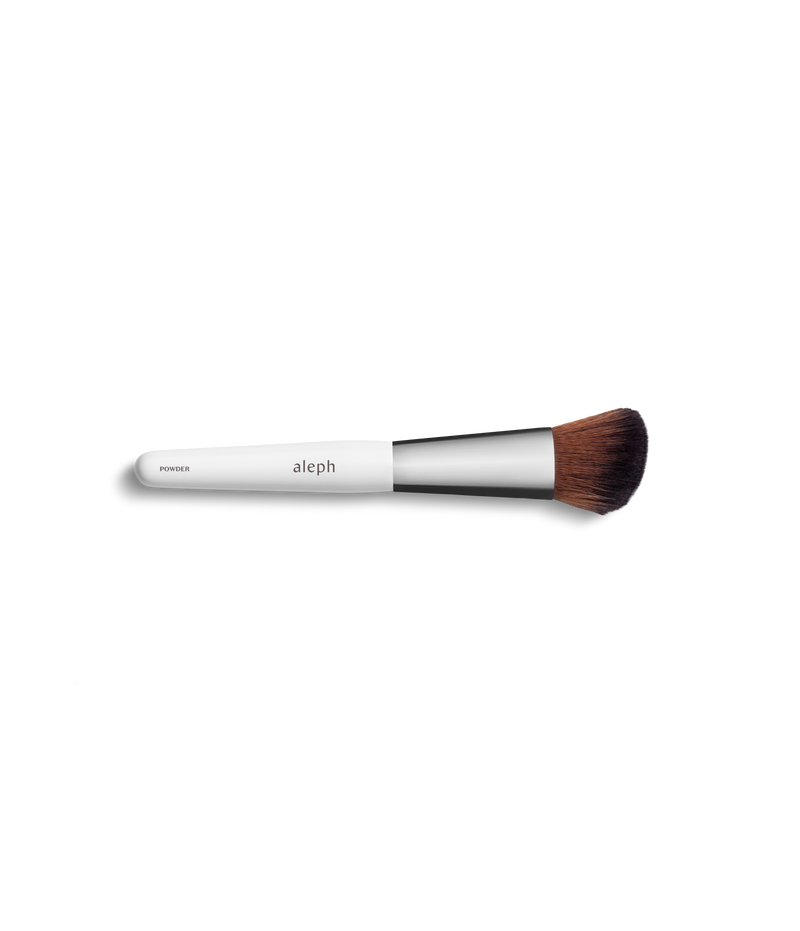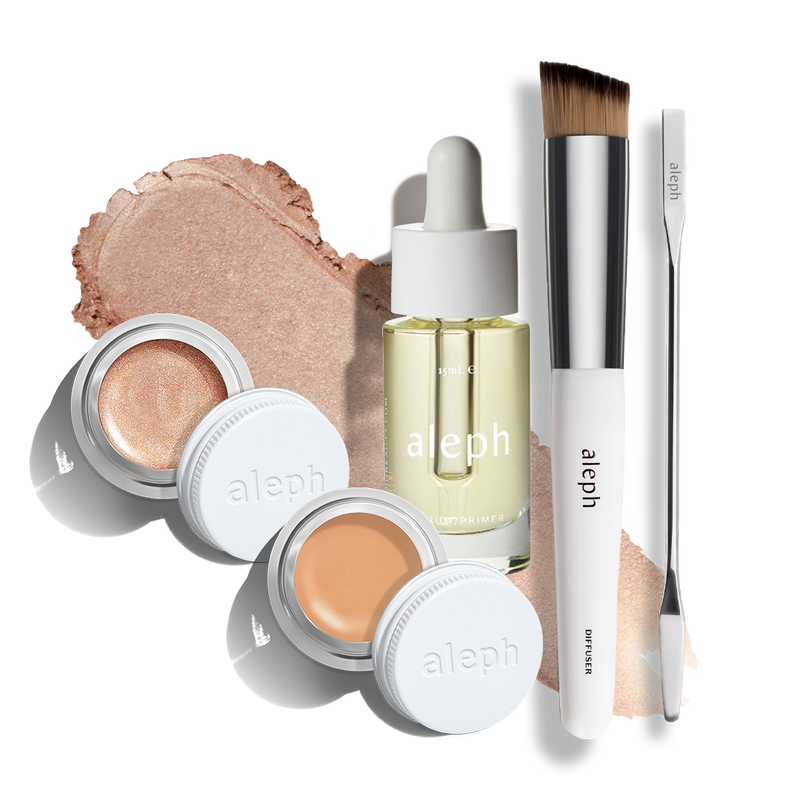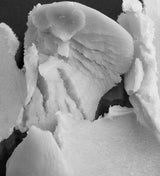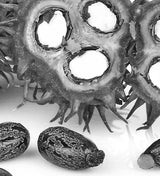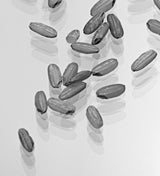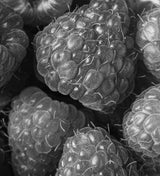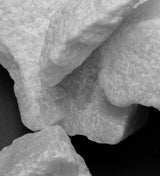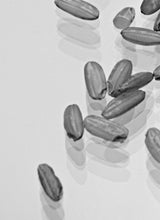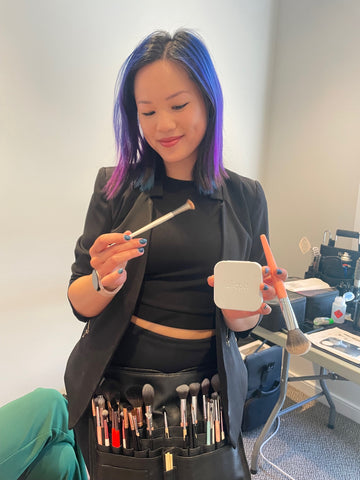Fragrance, perfume or parfum. They all sound lush and enticing. A waft of Chanel N°5, a spritz of vanilla to freshen the air, or freshly washed clothes that come out smelling of spring. Sounds lovely and certainly harmless, right?
Hate to break it to you—you’re likely being subjected to this chemical hazard at every turn. It’s time to get educated on the dangers lurking in your cosmetics and household products. And with that knowledge, protect yourself and your family.
We’re living in an age where secondhand smoke and pesticides are a no-go, so why are the toxic chemicals of synthetic fragrances any different? Let’s start talking about this sweet-smelling threat.

Why is synthetic fragrance something to worry about?
Simply put, ‘fragrance’ in an ingredients list is ambiguous, and that’s a big issue. In most countries, cosmetics companies don’t need to list the components that make up their signature ‘fragrance’. It’s an industry tradition meant to protect manufacturer’s recipes, but it does consumers more harm than good.
Over 95% of chemicals found in ‘fragrance’ derive from petrochemicals including benzene derivatives, aldehydes and phthalates. All of these are highly toxic, the latter is a known endocrine disruptor and the others are potential carcinogens.
According to the Environmental Working Group (EWG), about 75% of all products containing ‘fragrance’ contain phthalates. They’re particularly dangerous for women of childbearing age, with endocrine disruption leading to birth defects or developmental disorders. The average woman uses around 17 different cosmetic products daily, and if several of these contain fragrance, things add up.
If synthetic fragrance is harmful, why use it at all?
Surely omitting potentially dangerous ingredients is a no-brainer, right? Unfortunately, things aren’t always that simple. Synthetic fragrances are dangerous, but they’re also an easy fix for cosmetics and cleaning brands with cost and efficiency in mind.
Natural essential oils trump synthetic fragrances in many ways, but the truth is they’re comparatively very expensive. The extraction process for natural oils is also time consuming, meaning more hours of labour and therefore even more cost.
Crafting synthetic oils also means a brand can create one consistent, uniform scent. It’s how perfumers and cosmetics brands create and maintain a ‘signature smell’. True essential oils work a little more like fine wine, each batch slightly different based on age and exposure. Crop quality, weather conditions, and the region they’re grown in can also affect how natural oils smell. It’s all interesting stuff, but not too helpful if you’re after products that all smell identical.
Most synthetic scents also last longer than natural ones and offer brands a lot more flavour flexibility. Peaches don’t smell particularly potent, yet most of us still have some idea what peach bubble bath should smell like. A lot of cosmetic scents on the market are amplifications of the real thing, a cocktail of chemicals designed to surpass smells found in nature.
What effects of synthetic fragrances have we seen so far?
For something that we seem to use so sparingly, the measurable effects of synthetic fragrances are far-reaching. Research into how fragrances affect our environment are ongoing, and here are three of the most compelling results so far.

1) They pollute our waterways
Just because it’s down a sink doesn’t mean it’s gone for good. So many conventional shampoos, conditioners, skin care and cleaning products end up in our waterways as general wastewater. In most places, wastewater is filtered, but this filtration doesn’t often remove synthetic fragrance compounds. That means thousands upon thousands of fragrance compounds free-flowing into our rivers, lakes and into the sea completely undetected!
Synthetic musk is a common, potent fragrance ingredient and is particularly hard to break down in the environment. In 1999 the EPA (United States Environmental Protection Agency) sponsored a review that concluded synthetic musks were ‘toxicologically significant’. The review describes musks as ‘ubiquitous, persistent, bioaccumulative pollutants that are sometimes highly toxic’. It highlights the fact that these musks are constantly renewing in the environment, so even if some molecules cause no problems, there’ll always be more to take their place.
This isn’t just a concern for water quality, but for the creatures that call it home too. The review also confirmed that synthetic musks can accumulate in the fatty tissue of aquatic life through contaminated water. A shocking amount of molluscs and shellfish have measurable amounts of synthetic fragrance compounds in their system, and it’s vital we work to reverse this.

2) They contaminate the air
We all know the choking feeling you get when someone near you has doused themselves in too much perfume, but could secondhand scents be harmful too?
Simply smelling something means you’re ingesting compounds because scent is created by airborne, inhaled particles. In scientific terms, synthetic fragrances are mixtures of volatile organic compounds (VOCs) made to have a specific odour. When they hit the air they break down, mix with other pollutants and form new compounds. These compounds are often even more irritating and allergenic than the original fragrance.
According to the California Air Resources Board, there’s over 25,000kg of VOCs in the air every day. They can mean higher levels of asthma, and may also form lung inflaming peroxides.
While there’s still more research to be done on synthetic fragrances and air quality, one Norwegian study came up with some particularly worrying results. The study looked at levels of musks in the air and found compounds present not just in cities but remote areas too. It means that synthetic fragrances may stick around and stay potent for far longer than people originally thought.
The EPA also assessed the amount of synthetic fragrance in various products and found ‘compounds of toxicological significance’ even in small amounts of products (Cooper et al., 1992). Among these compounds were benzaldehyde, causing both respiratory and skin irritation, and potent toxin toluene. Both of these are potentially harmful and both are easily airborne – a steep price to pay for cheaper perfume.

3) They affect your health
Synthetic fragrance compounds are extremely pervasive, lodging themselves not only in the bloodstream but also in breast milk and fat-storing tissue. They enter the body through inhalation or application and end up back in the environment as human effluent.
Musk, in particular, is a possible endocrine disruptor and affects the body’s estrogen receptors. Since estrogen receptors play an integral role in cell growth, any interference with the process can be catastrophic. One study looked at the relationship between musk levels in the bloodstream of premenstrual women and endocrine/gynaecological issues. It found that women with premenstrual syndrome had around 24mg more musk ketone in their systems than those without. The study also says musk can affect levels of the luteal phase hormones, progesterone and estrogen.
Dr Anne Steinmann of the University of Washington says when it comes to the effects of fragrance, both complaints and studies are important. Her own study didn’t touch on health effects, but Dr Steinmann says people contacted her relentlessly anyway.
“It’s important to take people’s complaints seriously because these human experiences are helping to inform science,” she says.
“Children have seizures after exposure to dryer sheets, and adults pass out around air fresheners.”
Dr Steinmann has since published that 19% of respondents across two U.S. telephone surveys reported health problems they attributed to air fresheners. Around 11% attributed irritation to synthetically scented laundry products too. It may not be quite enough to prove synthetic fragrance harmful every time, but it’s certainly worth remembering.
How are people fighting the effects of synthetic fragrance?
It may be cheap and convenient, but the true cost of synthetic fragrance is in its danger to our environment and bodies. Thankfully though, it’s also a cost that a growing number of people in the natural beauty industry are committed to reducing.

1) Using a natural musk note
In the perfume industry, making a scent without musk is like ‘cooking without butter’. It helps smells last and has been a fragrance must-have for decades, so people are working pretty hard to break their commercial dependency on it.
One natural alternative on the rise is ambrettolide, sourced from the ambrette seed. It’s full of ‘natural isolates’ (natural, single aroma compounds) and is a non-toxic way to ensure a potent and lasting aroma.
Amsterdam-based perfume brand Abel, run by New Zealand ex-pat Frances Shoemaker, has even managed to convert to ambrettolide permanently. Currently, musk is in around 99% of perfumes, but if Abel’s success is anything to go by this might soon change.
Abel has managed to create a comparatively longer-lasting natural perfume without musk or synthetic nasties. The ambrettolide even gives each distinct Abel variant a rich, fruity scent that makes the brand stand out. Who says you need synthetic fragrances to make your mark in the perfume world?

2) Go fragrance-free
Sometimes, it’s just plain simpler to go with a completely fragrance-free option. From our bedside table candle to our favourite laundry detergent, synthetic fragrances permeate an overwhelmingly long list of products and sorting the good, the sort of good and the bad can be exhausting.
The easiest way to determine if a product you’re using is safe is just to stop using it and swap it for a fragrance-free version. Pretty painless, right? By giving your body a much-needed time out from the constant daily stream of toxins, you might be surprised at just how different you feel. Thankfully, more and more companies are breaking free from the commercial use of synthetic fragrances and taking steps to make more products free from fragrance.
Aleph founder, Emma, is a strong advocator for fragrance-free beauty. She believes that the key to any beautiful, quality product does not lie in the use of synthetic fragrances, which is why we can sleep easy at night, knowing each and every product we create is proudly 100% fragrance-free.
So, where to now?
More research goes into the effects of synthetic fragrances every year, but what kind of changes can we hope for in the meantime? Of course, in the first instance change is always personal. At Aleph, we think it’s time for the world to wave goodbye to synthetic fragrances for good. We believe that boycotting synthetic fragrances shouldn’t mean you have to settle for anything less than perfect!
Needless to say, synthetic fragrances, perfume and parfum are all a cause for concern in the world of cosmetics. Their effects reach further than we once thought, and more and more research is suggesting they’re a very real problem. It’s time to think critically about the products we use – staying ignorant to what’s really in our fragrance isn’t enough anymore.
If you have any concerns that the products you are using contain chemical nasties, contact the manufacturer to ask what’s in their fragrance. If they’re unwilling to share or even “don’t know” chances are you’d want to steer clear.
Bibliography:
Cooper, S. D., Raymer, J. H., Pellizzari, E. D., Thomas, K. W., Castillo, N. P., & Maewall, S. (1992). Polar organic compounds in fragrances of consumer products. Final Report. Contract, 68-02.
Daughton, C. G., & Ternes, T. A. (1999). Pharmaceuticals and personal care products in the environment: agents of subtle change?. Environmental health perspectives, 107(Suppl 6), 907.
Eisenhardt, S., Runnebaum, B., Bauer, K., & Gerhard, I. (2001). Nitromusk compounds in women with gynecological and endocrine dysfunction. Environmental research, 87(3), 123-130.
Kallenborn, R., Gatermann, R., Planting, S., Rimkus, G. G., Lund, M., Schlabach, M., & Burkow, I. C. (1999). Gas chromatographic determination of synthetic musk compounds in Norwegian air samples. Journal of Chromatography A, 846(1), 295-306.
Potera, C. (2011). Indoor air quality: scented products emit a bouquet of VOCs. Environmental health perspectives, 119(1), A16.

 BACK
BACK